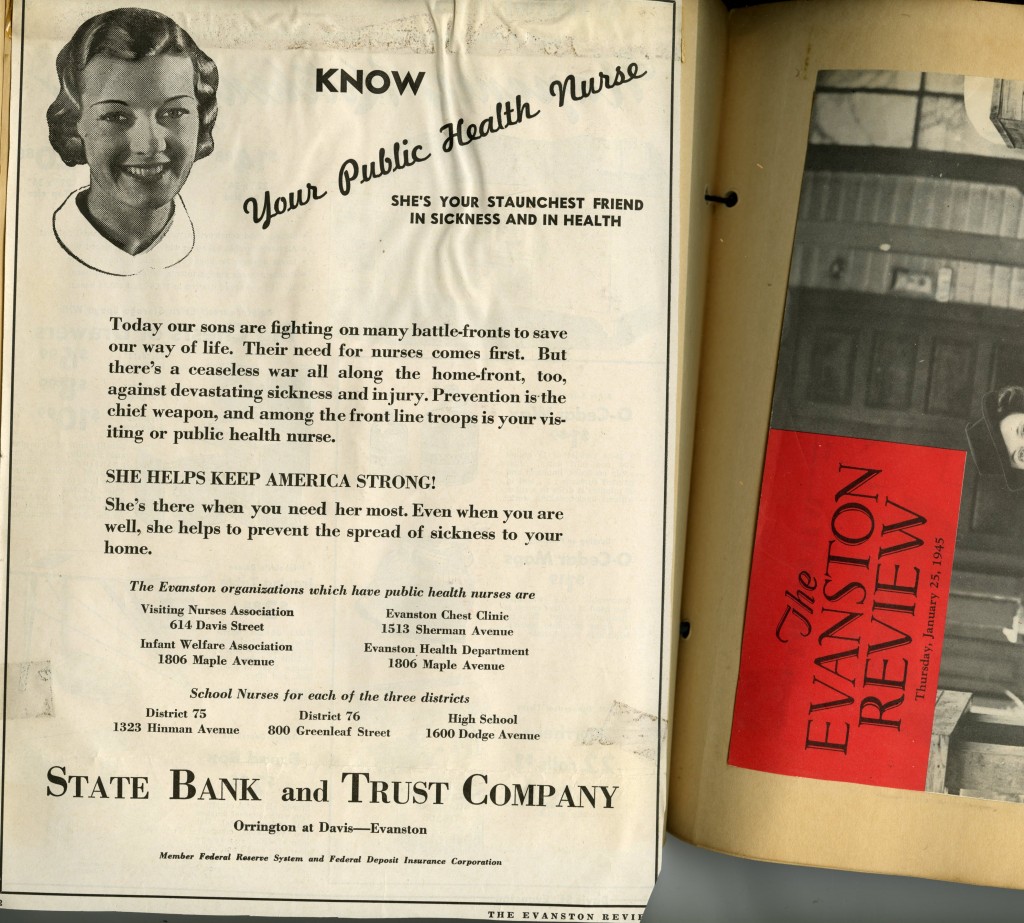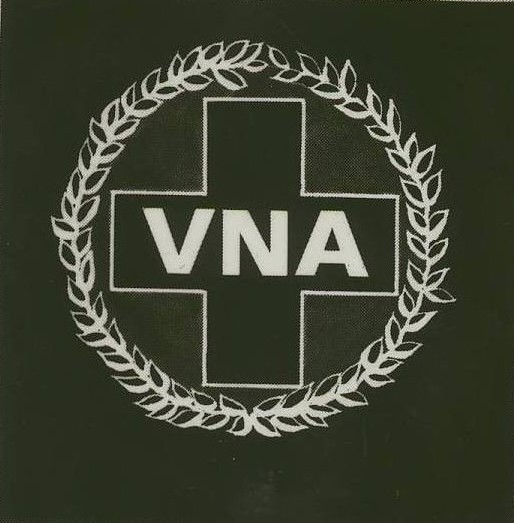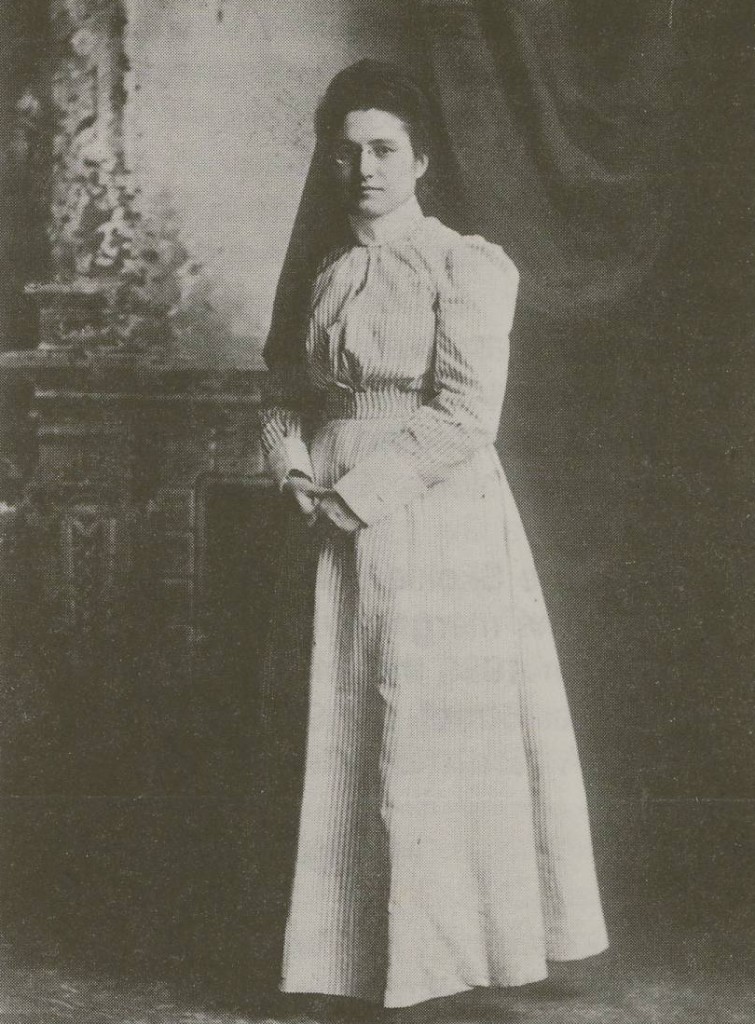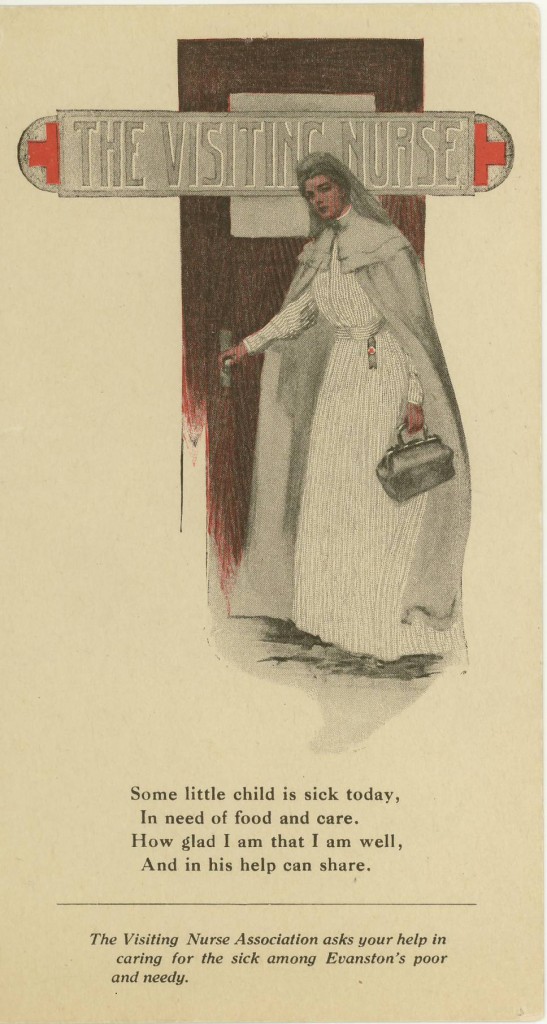Affordable health care is currently a serious concern in our country, as it has been for generations. Just like today, people of the past have looked for new ways to provide healthcare services to those who can’t always afford it. Late in the nineteenth century, growing populations, the influx of immigrants, and new infectious diseases began to cause problems in American cities. In 1897, a group of women in Evanston, Illinois became concerned with the spread of disease and the lack of proper health care in their community. They came up with an idea for how to bring free or low-cost health care to those who needed it and those who struggled to afford it.
Mrs. Lelah Lutkin, Mrs. Mary Chandler, and Mrs. Kate McMullen formed a committee that founded the Visiting Nurse Association (VNA) of Evanston, which would later grow to serve a wider community and be renamed the VNA North. Kate McMullen felt especially passionate about the experiment after the death of her daughter, Edna, to diphtheria. In memory of Edna, she contributed four months’ of a nurse’s salary and hired her daughter’s nurse, Frances Faltz, as the VNA’s first visiting nurse in 1898.
In the early years, Frances Faltz visited patients on a bike in the summer time and borrowed a horse and buggy in the winter. This remained the custom until the VNA bought a car for the nurses in 1912.
The visiting nurses provided physical and emotional comfort to people in the community who might not otherwise be able to afford health care. Local philanthropic organizations and churches soon became involved in supporting VNA North’s mission, and VNA North slowly expanded its operations, becoming incorporated in 1912. Although they had not originally cared for patients with communicable diseases, the visiting nurses began to do so in 1926.
The VNA continually added services as the needs of Evanston and the surrounding communities dictated. Educating patients about proper hygiene and nutrition as ways of preventing disease became a vital part of the visiting nurses’ role. They were also involved in issues of pre-natal care, parenting classes, infant welfare, tuberculosis, venereal disease, mental health, polio, physical therapy, hospice care, and other social services. Looking at the records of the association, you can see the effect of historical events such as the Great Depression and World War II on public health concerns and how the VNA addressed them.

The VNA North collection includes several scrapbooks filled with clippings about the association and local health news. This scrapbook page contains a World War II era ad promoting public health nurses, such as the visiting nurses of VNA North.
While visiting nurses organizations became common for a time, the evolution of healthcare later in the twentieth century led to the closing of many of these non-profits. In the 1980s, VNA North merged with the VNAs of Glenview and Skokie in order to serve twenty-nine communities. Due to the challenges created by the growth in managed care, in 1997, 100 years after its founding, VNA North was fully integrated into Evanston Northwestern Healthcare and was renamed ENH Home Services.
While we still debate about the best way to provide care to the underprivileged, it is nice to think about a group of women one hundred years ago who used their resources to provide services and education that could save lives.
Caroline is a Graduate Assistant at the WLA and is working on her Master’s in Public History at Loyola University Chicago. She spends her spare time exploring Chicago, interpreting dreams, and watching cheesy movies with her husband.
Loyola University Chicago’s Women and Leadership Archives Blog is designed to provide a positive environment for the Loyola community to discuss important issues and ideas. Differences of opinion are encouraged. We invite comments in response to posts and ask that you write in a civil and respectful manner. All comments will be screened for tone and content and must include the first and last name of the author and a valid email address. The appearance of comments on the blog does not imply the University’s endorsement or acceptance of views expressed.



